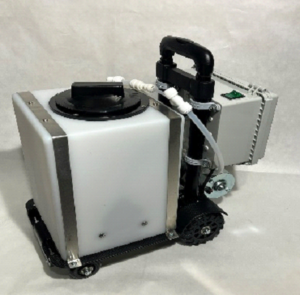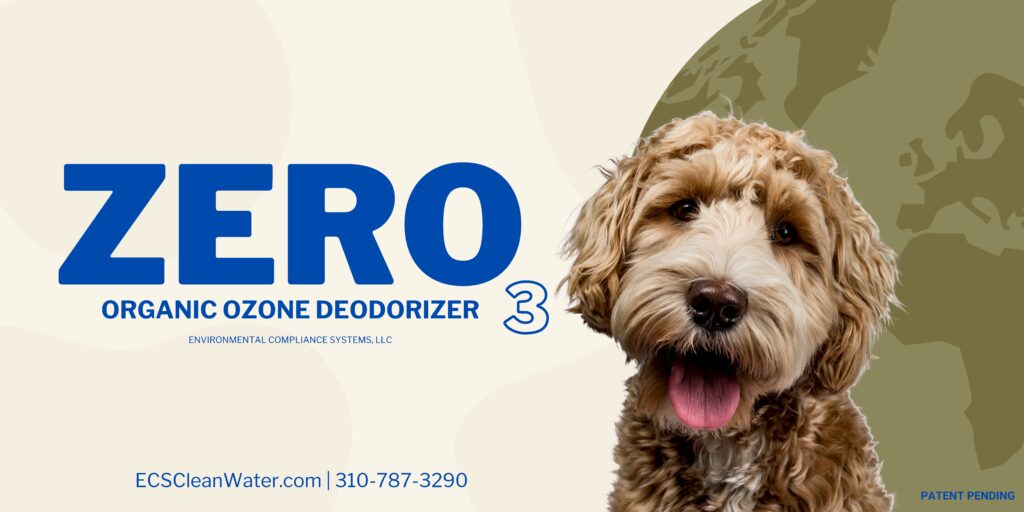Ozone for Zoo Disinfection: A Powerful but Nuanced Solution
Ozone water has emerged as a promising disinfectant for various applications, including zoos. This article explores ozone water as a potential zoo disinfecting solution. Unlike traditional disinfectants that rely on chlorine, ozone water leaves no residues. Additionally, it can be used as veterinary ozone therapy in a zoo. Let’s explore the benefits and effectiveness of ozone against pathogens.
Advantages of Ozone Water for Disinfection
Ozone water offers a safe and effective alternative to traditional methods as it leaves your water and zoo areas sparkling clean and free of harmful byproducts. Using this powerful antioxidant comes with the benefits below:

i. Effective Disinfection
Ozone is an effective microorganism killer. Its strong oxidizing power disrupts microorganisms’ cell walls and membranes, killing them instantly. Typically, membrane disruptions can lead to leakage of essential cellular components and, ultimately, cell death.
Also, ozone water disrupts proteins and enzymes within microorganisms. These structures play crucial roles in their metabolism and survival. Destroying them disrupts vital cellular processes, hindering the microorganism’s ability to function and survive.
ii. Safe for Consumption
Additionally, ozone does not leave behind byproducts that can pose health concerns. After disinfecting the zoo, the ozone decomposes back into oxygen (O2), leaving the environment feeling fresh. This makes it a safer choice for applications where treated water is intended for consumption.
iii. Speedy Disinfection
Ozone works much faster than other disinfectants for three reasons:
First, its oxidation power is much stronger than ordinary zoo disinfecting solutions. Typically, it donates an atom of oxygen faster.
Second, it directly reacts with various cellular components, such as enzymes and proteins, ultimately disrupting their function and hindering their ability to survive. Other disinfectants need to undergo a series of reactions within the cell to be effective.
Lastly, ozone attacks microorganisms through multiple mechanisms, including oxidation, enzyme disruption, and DNA damage simultaneously.
Considerations for Using Ozone Water
While ozone water boasts impressive disinfection capabilities, it’s not a one-size-fits-all solution. Besides, it’s vital to consider the method and technology employed in the production of ozone water. Here are some key considerations to keep in mind before using ozone.
i. Ozone Has a Short Residual Life
Ozonated water does not remain active for longer periods like other disinfectants like chlorine. Once you apply it, it will decompose back to oxygen. That means you have to disinfect frequently so that the zoo areas remain clean for a long.
ii. Higher Implementation Costs
Ozone is produced by special equipment. This equipment can be significantly more expensive to install and maintain.
iii. Expertise Required
Ozone gas and water can be an irritant at higher concentrations. Therefore, proper handling and safety precautions are needed during production and application. Furthermore, veterinary ozone therapy requires qualified and experienced veterinary personnel to prepare and apply it. This will ensure safe and effective use.
iv. Several Factors Impact Ozone’s Efficiency
Factors such as water turbidity and organic matter content can significantly affect the effectiveness of ozone water disinfecting power. Higher levels of organic matter can reduce ozone’s efficacy as a zoo disinfecting solution and may require pre-treatment steps. Similarly, contact time with surfaces is a crucial factor.
Delivery
Gardena, CA 90249
